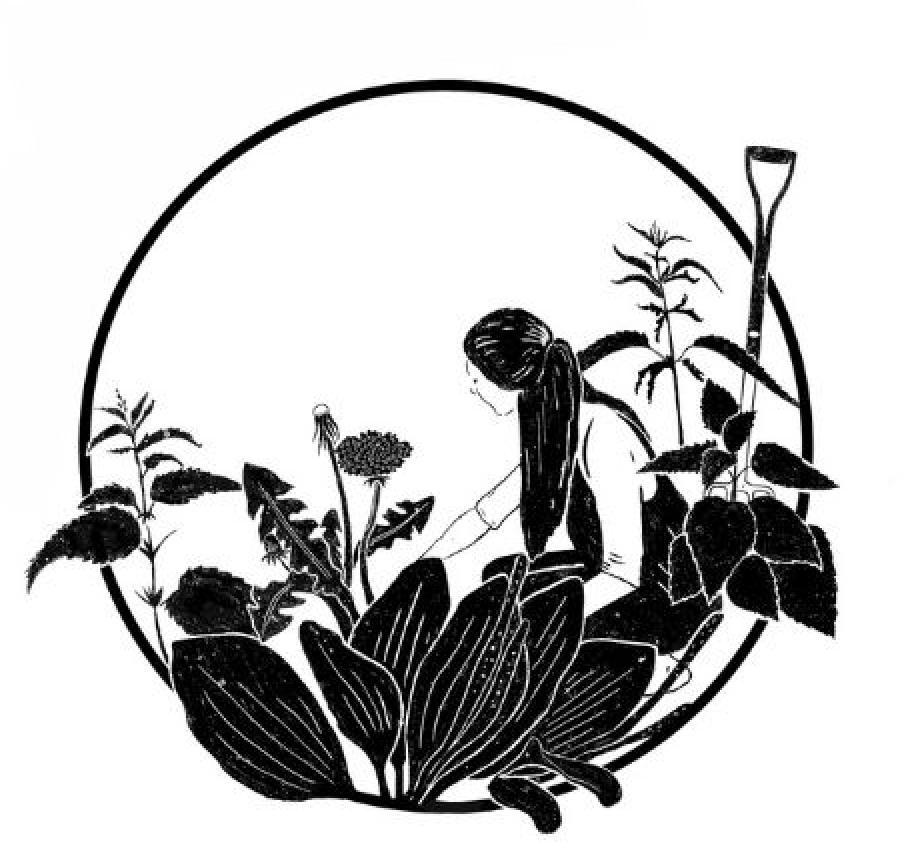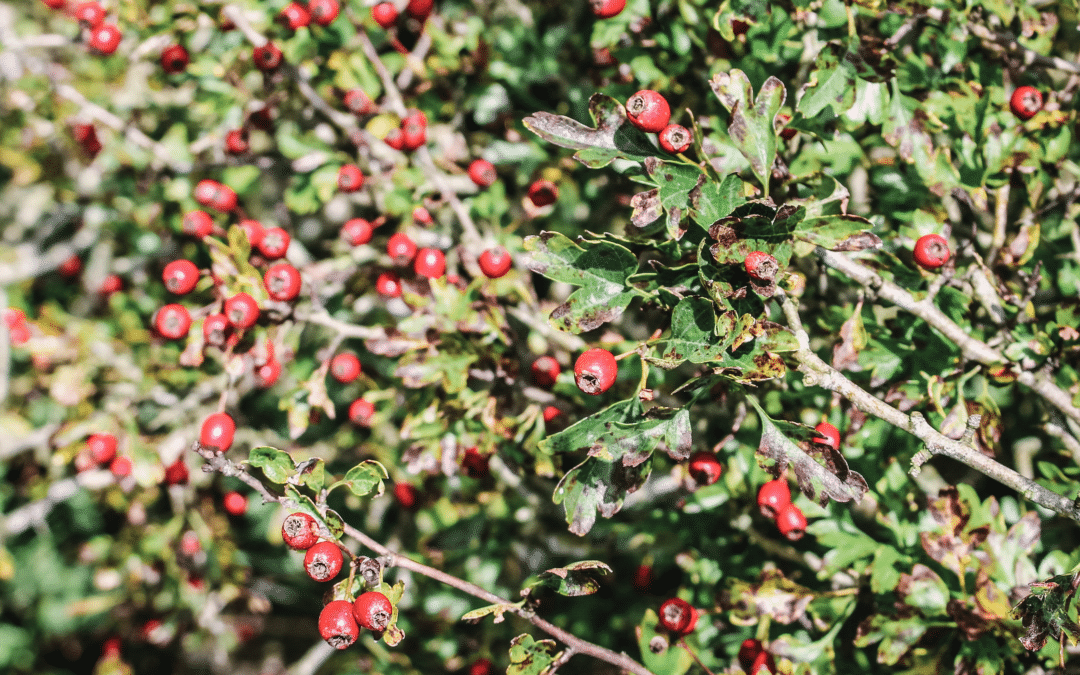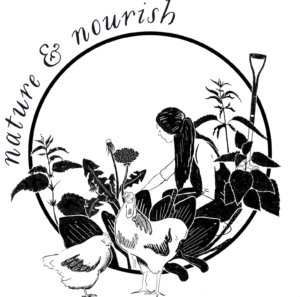Autumn is here once again. And every year, as the blackberries sweeten and the leaves begin to turn and the nights fold in upon themselves I find myself embracing the new season with open arms in anticipation of the slower pace it brings.
To me autumn is a bridging season, it’s not as extraverted as summer with it’s holidays and long, bright evenings, but at the same time it doesn’t have the quiet reflective introversion of winter either.
Autumn begins in a bustle of activity, schools reopen after the holidays and here on the farm it’s a busy time of harvest. Every week we are fermenting and pickling our way through gluts-cucumber bread and butter pickles, and kimchi by the gallons! The weather is still warm enough to enjoy spending time outside without lots of layers and some days are even nice enough to feel almost summery!
My husband is still working hard on the land-muck needs spread, seeds sown and last minute repairs are to be finished before the first frosts.
But while this hustle and bustle carries on there is a pal-pa-ble shift.
The land begins to sigh and turn inward but for it’s last hurrah there is such splendour to be seen-leaves in shades of gold, fire and chocolate scatter across our paths and the hedgerows drip with fruit-berries, crab apples, autumn raspberries and elderberries. All packed full of immune boosting antioxidants prepping our systems for harder times ahead.
This season of transition is a wonderful one to really take the time to observe-just likes its counterpart there are signs of seasonal shifts everywhere. Seed heads in the garden, birds gathering ready for departure, lawns glazed with frosty dew in the mornings…
—-
Once the autumn equinox occurs at the end of september there is no turning back to summer and the journey to winter speeds up. In October the clocks go back marking the true start of those much darker afternoons and mornings.
Farm Animals leave their summer pastures and return indoors for protection from the elements and squash and pumpkins are brought indoors away from any frosts.
October is also a time for halloween celebrations and suddenly every shop seems cloaked in pretend cobwebs and skeletons as a commercial nod towards the ancient festival of samhain- a liminal time that marks the end of harvest and the start of the darker months ahead.
The end of autumn is when thoughts drift ahead to festive celebrations and for those who bake Christmas puddings and mincemeat are made and soon the home is full of the scent of exotic and warming spices and with that comfort and excitement for another season ahead.
——
What to eat in Summer:
So, what’s about our autumn plates?
Well, as autumn in a season of harvest it pretty much goes without saying that our plates are looking pretty full during these months. All that hard work of summer has resulted in so much fresh food that it can almost be overwhelming!
Farmer’s markets will have wild mushrooms, apples, pears and other more unusual fruit such as medlars and quince. Berries such as raspberries and blackberries are ample now too.
Vegetables including tomatoes, carrots, kale, beets, parsnips, courgettes, Jerusalem artichokes, cauliflower, celeriac, celery, chard, turnips, sweetcorn, salsify and pumpkins to name just a few are all in season.
While there is nothing quite like a vegetable fresh from the field, its also worth getting to grips with fermenting and preserving at this time of year. Try making piccalilli, chutneys and fermented salsas to keep those summer flavours coming later on in the season. Here at the farm every week we make mounds of passata from our polytunnel tomatoes, a rather delicious courgette and ginger jam as well as hedgerow ketchup.
Soups are a favourite of mine and suddenly looking particularly appetitizing now the days are cooler. some of my favourites are butternut squash, creamy corn chowder and also garden minestrone. Teamed with a slice of buttered gluten free sourdough it’s my choice of lunch at the moment.
With Apple Day falling mid Oct- its easy to incorporate this autumnal fruit into our daily cooking. Apples are going to be at their best during the coming months so get creative with them and try out some new recipes. Some ideas include apple muffins, baked apples, fritters, tarte-tatin and toffee apples made with a date based caramel.
Apple butter, which is a bit like an apple puree but a little thicker and usually spiced and sweetened, is great on toast or with porridge and yoghurt.
Another lovely way to eat apples is to dry them! sliced thinly and dried overnight in a dehydrator they make for the tastiest snack or accompaniment to granola.
Of course apples are also delicious used in savoury stews and oven bakes. Just cube up an apple, skin and all and try pairing it with beetroot, cabbage, carrot or pork and roasting.
But Personally I can’t resist a crumble or cobblers and both are so synonymous with autumn as well as being great way to use overripe fruit, hedgerow berries and of course apples.
My favourite recipe for crumble:
Butter an ovenproof dish and tumble in whatever fruit you like (larger fruit will need de-seeded and chopped up into bite sized pieces).
In a bowl roughly mix together a cup of oats, a cup of ground almonds and 1/2 cup of buckwheat flour and 1/2 cup of plain flour. As well as 1/2 cup of sugar. Rub in 150g of butter until you have golden crumbs. Scatter these across the fruit base and bake in a medium hot oven for around 25 minutes
What to do in garden in Autumn:
As you all know I love spending time in the garden and the autumnal garden is really interesting as it has two faces-early autumn can be every bit as beautiful as summer-flowers such as cosmos and hydrangeas are in full bloom and look wonderful cut and bought inside-done forget to dry some hydrangeas too! Deadheading
But once autumn becomes colder and those frosts kick in the flowers suddenly stop and the growth slowly begins to retreat. Seed heads scatter across the borders and we begin to see the bones of the garden. Colours
Once I have exhausted my flowers once and for all and the last of the fruit harvests are completed I find this a useful time to tidy and fill in any gaps-roses can be planted now, hardy annuals sow, meadows created and bulbs planted.
Any fallen leaves can be raked up popped into a bag, watered and kept for leaf mould compost next year.
And of course don’t forget to force your Amaryllis bulbs in November. Plant them in a container and place somewhere warm and bright indoors so that you can have these regal blooms ready for Christmas.
Other things to do in the garden in autumn:
Sow winter lettuce
Sow hardy annuals
Divide rhubarb
Plant lawns
Harvest fruit
Bulbs-Tulips
Plant roses
Meadows
Make leaf mould
Plant amaryllis bulbs in November
What to see in nature in Autumn
For nature autumn is a busy time of preparation whether it’s readying for long flights to warmers climates or storing food ready for a the cold days and nights of winter.
In early autumn the swallows gather together on the nearby telegraph lines preparing for their imminent journey which will take up to 6 weeks and they cover an extraordinary 200 miles approx daily! Meanwhile at the beach seaweed is at it’s best and the water still warm enough to go for a forage if the area permits.
As autumn progresses mushrooms sprout in woodland areas and the berries provide much needed fuel for the animals and birds. Redwings from Northern climates come to visit for the winter, this little thrush can be spotted with it’s flash of orangey-red on it’s flank and it’s two part song. Geese also arrive from the North and are noticeable with their V shape flight formation. Which is lovely to look out for and A sure sign that autumn is well underway.
Autumn is also ruting season for red deer. This ritualistic scene of clashing antlers and roars between the male deer is their battle for dominance.
All in all autumn is certainly a season to enjoy nature in all its golden beauty. And I hope this podcast has inspired you to grab your coat wellies and foraging basket and get outside whatever the weather.




This is such a brilliant blog post, so full of reminders of everything that’s great about the autumn! Particularly enjoyed your overview of what seasonal produce is in farmer markets at the moment. Thanks for sharing!